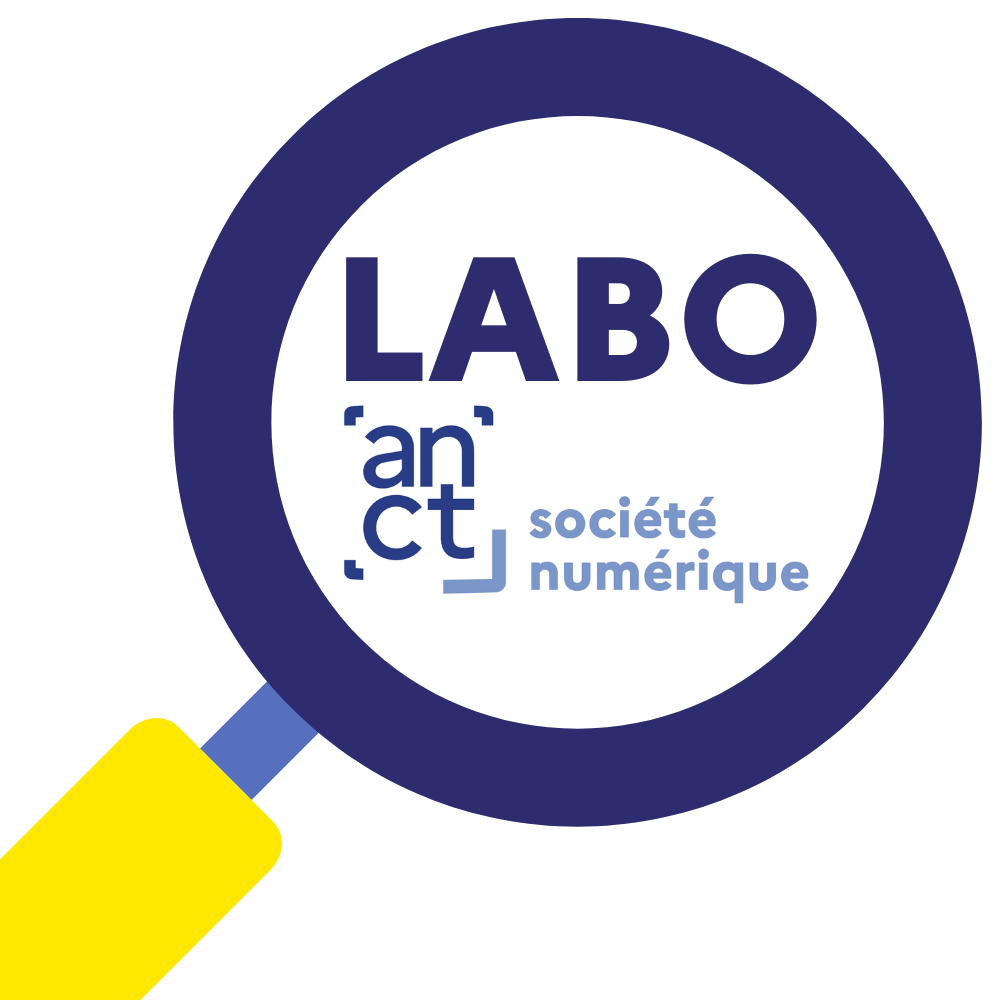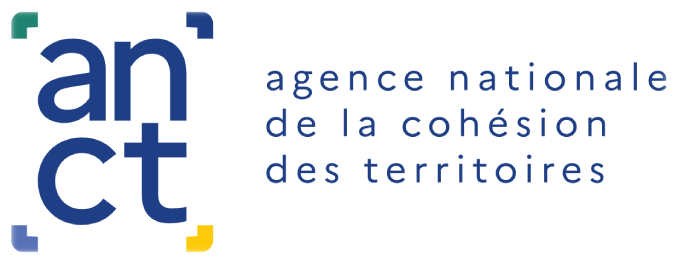"Connected, communicating and augmented objects have been the stuff of dreams for many years. For a long time, we have been announcing the "revolution" that all these objects would bring in their wake. If their number is constantly increasing and their uses are developing, if communicating objects are constantly invading our daily lives, can we really talk about a revolution?
This issue of Annales des Mines-Enjeux numériques, coordinated by Anne-Lise Thouroude, aims to "show the point of view and the vision of the various stakeholders in the creation of value(s) of connected objects, and thus to open some doors to enlighten the reader on the evolutions of communicating objects.
"Could the intrinsic value of communicating objects lie not in the objects themselves but in the fact that they communicate, thus creating a value chain?" asks Anne-Lise Thouroude in her introduction. "Indeed, for value to be created, we must not only connect the objects but also collect, transport, analyze and then value and share the data. It is from this complete set that concrete applications and economic or societal benefits are born, in other words, value creation. The value of communicating objects is therefore based on three main aspects: the objects themselves, connectivity, and finally the data and its processing.The introduction to this issue is followed by a return to the imaginary of the Internet of Things (Pierre Musso) and the history of connected objects (Jean-Pierre Corniou).
The first part of the issue illustrates the diversity of uses of communicating objects
Matthieu Hug recalls how "end-to-end" traceability is increasingly seen as the next objective for supply chains. Vincent Audebert looks at the use of communicating objects in the world of electricity: "The evolution of production methods with wind power and photovoltaics, which add intermittency to electricity generation, reinforces the interest in solutions based on connected objects.François Bouchaud and Thomas Vantroy draw attention to the contribution of connected objects to judicial missions. "These witnesses, anchored and diffused in our lives, are gradually becoming sources of information, raising digital traces to the level of biological traces and providing new information in the understanding of phenomena favorable to digital investigations.
The second part provides an overview of the technologies
Marianne Laurent, Alexander Pelov and Laurent Toutain identify issues related to the lack of native support for Internet of Things (IoT) protocols. The latest standardization work should enable the deployment of an interoperable, simple, efficient and scalable IoT.Cécile Dubarry and Anne-Lise Thouroude review the challenges of 5G for connected objects. Unlike previous technologies (LoRa, Sigfox 4G...), 5G has been designed from the start as a structuring technology for the Internet of Things (IoT).
While billions of connected objects are announced on the planet, only 15% of the world's surface is covered by terrestrial networks. According to Alexandre Tisserant, the space revolution and satellite networks dedicated to IoT should help overcome the limitations of terrestrial networks.
François Le Boulch, Fréderic Sutter and David Marty point out the contribution of connected objects (and the masses of data they can collect) to the aeronautics ecosystem " to optimize the design, manufacture and operation of aircraft in flight and on the ground.
The third part(The Internet of Personal Objects: an oxymoron?) opens a reflection on the societal issues raised by connected objects
Martin Bieri offers an overview of how a voice assistant works, the players that make up its value chain and the issues surrounding personal data. He explains that "if voice assistants are presented with the objective of simplifying people's lives, the way they work remains obscure for users".In " The Myth of the Ecological Smart City," Philippe Bihouix questions " the idyllic vision of a technological and ultra-optimized management of smart cities" and explores the many pitfalls it faces: resource consumption, environmental issues, deployment inertia, rebound effect, resilience.
In order to better understand the ethical issues related to personal communicating objects, Christine Balagué proposes a taxonomy of communicating objects, underlining the importance of taking users into account in addition to technical functionalities. After presenting the risks linked to the massive collection of data combined with 5G, their quality, the security of systems as well as the ethical issues of algorithmic processing, Christine Balagué concludes with the need to develop a real use value and connected objects that are responsible in terms of environmental and societal impact.
"An obvious threat to privacy, these cyber-physical tracking systems are invisible and record data without people's consent." Mathieu Cunche presents the general principles of cyber-physical tracking systems and the solutions envisaged to protect the privacy of individuals.
For States, communicating objects raise several issues for the exercise of their sovereignty and their regalian prerogatives: national security, data control, etc. Using the example of Amazon's connected doorbell, Didier Danet and Alix Desforges show how the quantitative change of scale and the insertion of communicating objects further accentuate these sovereignty issues.
"Finally, why do we connect objects? If the announced revolution never really happened, is the change underway? Do we need these objects?" asked Anne-Lise Thouroude in her introduction.- "Are we really able to process all the data they communicate? Can this data escape us?
- Is productivity really improved by the multiplication of communicating objects? Can we lose control of our systems?
- Should we rush headlong into this hyperconnected world where even our fridges have to be?
- How far will we go in this society where real-time information has become the Holy Grail?
Contents
- Anne-Lise Thouroude: Introduction
- Pierre Musso: The imaginary of the Internet of Things
- Jean-Pierre Corniou: The history of connected objects
- Matthieu Hug : Traceability
- Vincent Audebert : The use of communicating objects in the world of electrical companies
- François Bouchaud and Thomas Vantroys : Connected objects in judicial missions
- Marianne Laurent, Alexander Pelov and Laurent Toutain: Internet protocols for the interoperability of the Internet of Things
- Cécile Dubarry and Anne-Lise Thouroude: The challenges of 5G for connected objects
- Derek Wallace: Use unlicensed LPWANs for cost-effective & secure massive industrial IoT
- Alexandre Tisserant: The space revolution or the communication of objects everywhere in the world
- François Le Boulch, Frédéric Sutter and David Marty: Skywise, for predictive maintenance and beyond
- Martin Bieri: Where does our data go? The example of voice assistants
- Philippe Bihouix : The myth of the ecological smart city
- Christine Balagué: The ethical issues of personal communicating objects
- Mathieu Cunche: Cyber-physical tracking of individuals and privacy
- Didier Danet and Alix Desforges: The sovereignty issues of communicating objects
Référence :





